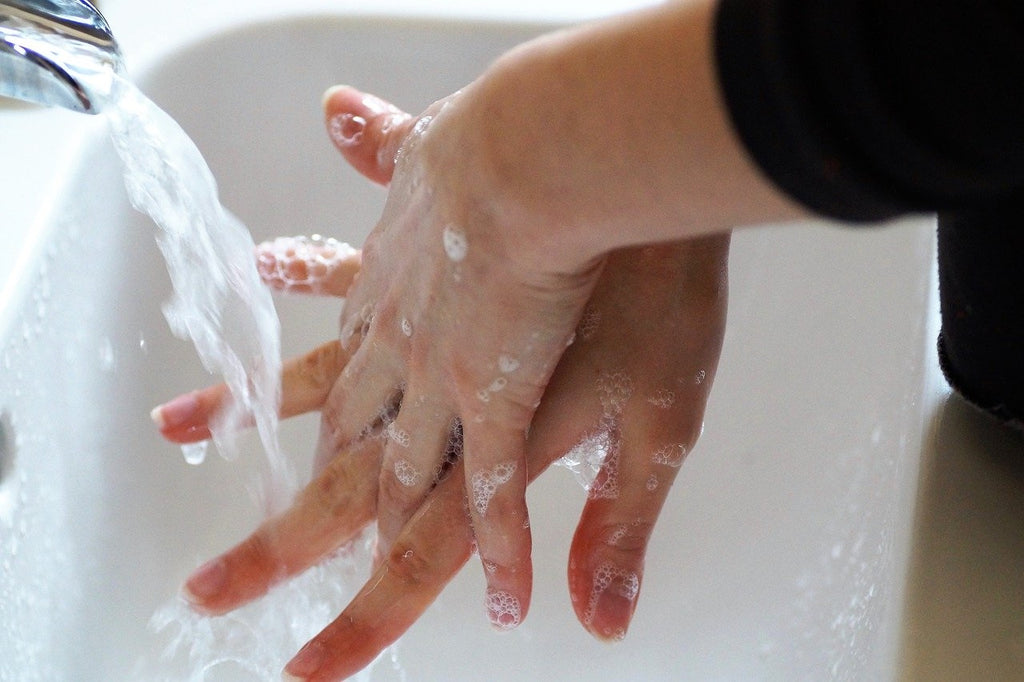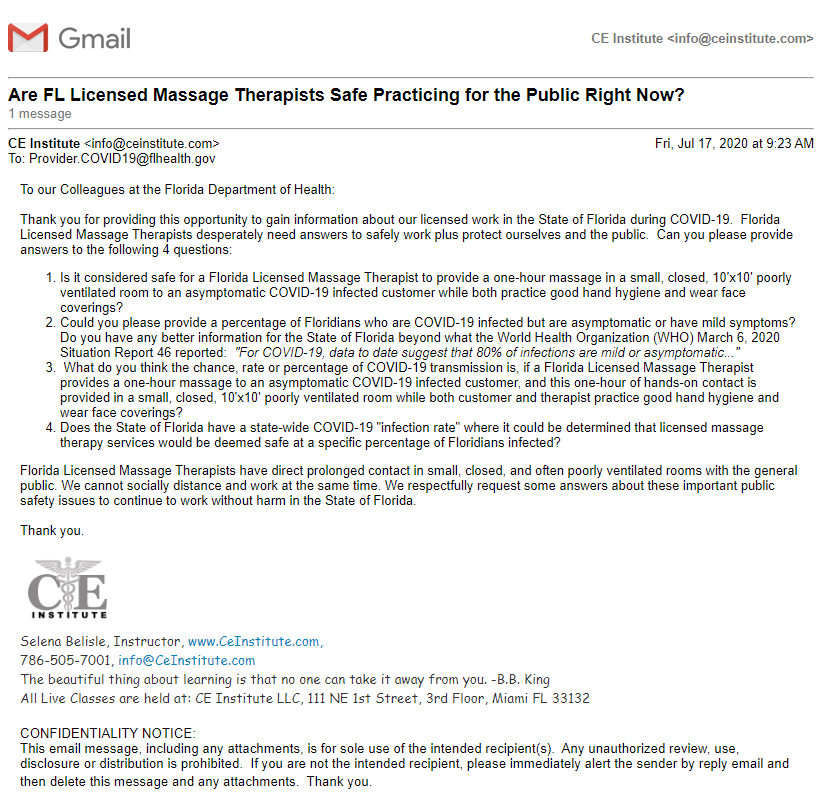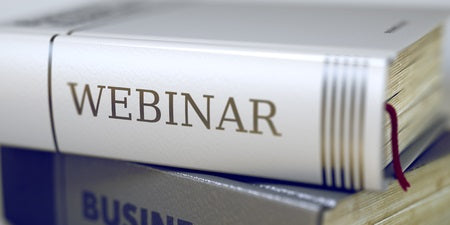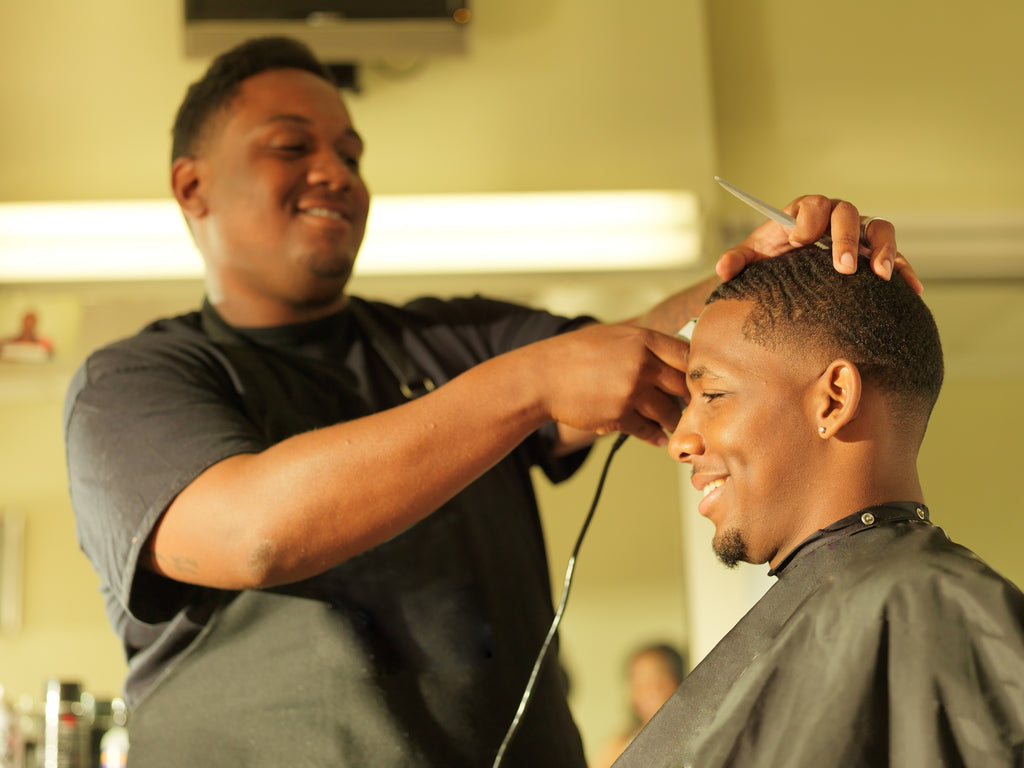By: Selena Belisle, Owner/Instructor CE Institute LLC, Miami FL
Do you want to earn some extra income, capitalize on your existing book of business, attract new clients and provide superior service?
How about working with athletes? Athletes are one of the most underserved populations in the spa industry for massage therapists. Yet, they are perhaps the easiest to upsell into an extended appointment.
Active, competitive training can cause such hardships as pain or stress. Your practice is the perfect place to work on these conditions.
How can we capitalize on these opportunities and turn an athlete’s spa appointment into a more successful experience? By upselling them into spa therapy add-ons that will augment their massage therapy session.
Ask the athlete about their goals. They will probably tell you that their goal for their spa appointment is to relax and relieve pain. Keep in mind that typically the most sought-after spa service by a pro athlete is a massage, and the second is a pedicure. Use this info to base your offerings around what will appeal to this clientele.
Here are some spa opportunities and appointment enhancements for your massage practice to help athletes relax and recover.
Hydrotherapy
Depending on what’s available at your facility, hydrotherapy is a wonderful way to start any massage, whether you’re an athlete or not.
For some hydrotherapy appointments, all you need is a simple foot bowl or shower stall.
You can purchase or create sports washes, oils or salts to customize spa hydrotherapy sessions for your sports enthusiasts.
Try using an essential oil blend to calm the mind and body. Lavender essential oil can help reduce stress and serves as an anti-inflammatory, as well as juniper oil and clove bud.
Use these oils to create a custom athletic concoction for your client. You can then place the essential oil mixture in a 2-ounce bottle and use it in a shower. This upgrade could command anywhere from about $10 to $30 for the upgrade or service. You can call it anything from Athletic Rain Forest to Sports Shower Blend.
You can also create a bath oil for your client.
Just add one to four drops of an unscented oil, like almond, grapeseed or sesame oil, into your 2-ounce bottle and add the entire contents to a hot bath. Warn the client that the bottom of the tub could be slippery when they get out, and provide assistance when appropriate.
You could call this treatment anything from The Sports Super Soak or Reconditioning Leather. Charge between $20 to $50 depending on the market.
Feet Treats: Offer an additional 10-, 15-, 20- or 30-minute foot massage or reflexology session.
You could call this treatment Feet Retreat. I would suggest an upcharge on this service depending on the market, but otherwise, charge the same price per minute as your standard massage appointments.
Rough-textured feet can be painful, unsightly (and even smell), and this is all too common in athletes.
Add a foot scrub or a scrub plus a foot soak to a massage appointment and scrub away that dry, dead skin. Add a drop or two of the essential oils used for athletes to customize the scrub.
After scrub product is removed, slather the feet in a menthol gel or crème to increase circulation. Make sure the product is worked into the foot or removed before the client stands so they don’t slip.
Hot Towels
Most sports massage appointments can be improved with a hot towel service.
First, soak about 10 hand towels in hot water with a few drops of juniper and lavender essential oil then heat in the hot towel cabi.
Apply the towels throughout the massage, starting with three to four towels to the client’s back before their back massage (and after if desired). Apply one towel at a time to the back and renew the heat with a fresh hot towel (removing the cold towel) repeatedly.
Always apply one hot towel to the face (similar to a barber shop application) and hot towels to the feet. Wipe off any massage oils or lotions while you’re on the feet so the floor will feel less slippery.
Body Scrubs
Most spas offer a body scrub, but have you ever added a facial steamer to a body scrub in the spa to your spa services?
Perform your body scrub as usual, but add steam to the area that’s being scrubbed with a facial steamer (those are the spa machines that stand about 3 to 5 feet high on wheels).
Keep the steamer arm about 14 to 18 inches from skin/scrub area. If the skin becomes red, the steamer may be too close to the skin or the scrubbing is too hard (especially with sensitive skins). Watch the skin for redness and adjust accordingly.
Move the steamer around to the different areas of the body being scrubbed.
Remember, that the steam time may not last longer than 10 to 20 minutes, so turn the steamer off while not scrubbing to ensure there is enough steam for the full body.
Some steamers have an area where aromatherapy or essential oils can be added. If you can add aromatherapy to your steamer, I suggest using something “minty” to refresh and energize the air.
Suggested spa treatment names include: Sports Steam and Scrub, or Athletic Body Polish. (Suggested upcharge: $20 in addition to the regular spa body scrub price with no extra time added to the scrub appointment.)
I regularly offer a simple back scrub before I start a back massage.

Add a drop or two of the essential oils used for athletes to customize the scrub and, if you use water and sponges to remove the scrub, add a few drops of essential oil to your water bath too.
Suggested spa treatment names include: Sports Back Scrub or The Back Shine. (Suggested Upcharge: $10 to $20 with no extra time added to the original appointment.)
The Take Away: These spa enhancements and services should be provided at an additional cost. They all require additional labor or product expense and should be charged accordingly. Always let the client know of the additional charge prior to providing the service.
These enhancements can also be provided for free, one time, as a way to bring in new clients.
Expanding a spa service menu is a brilliant way to capture increased appointments and income, in addition to serving many different under-capitalized populations.
Athletes, who show up stressed, in pain and with other issues need only a simple suggestion of available treatments to enhance their body, performance and life.
There are a lot of athletes—ranging from the weekend warrior to the professionals and retirees—who will love spa services. Let’s get our spa game on and give it to them!
Here's a spa in Paris getting their game on with add-ons at check-out when scheduling online:

To learn more about massage precautions, etc., please register for quality, affordable, professional training at: https://ceinstitute.com/
In this article that we wrote for Massage Magazine (below), we review these add-on and upgrade methods. Enjoy!


















